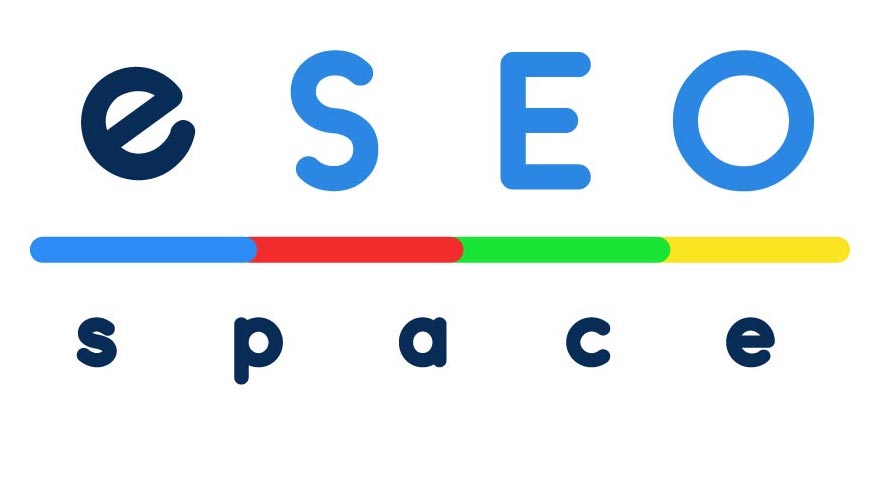These Four Steps Will Help You Create an Unforgettable Tagline
Some businesses question and even doubt the significance of a strong tagline for a company’s success. ‘How important can it be?’ they might ask. But it all boils down to branding.
While your company’s name may represent only a part of it in a few words, a tagline, if done correctly, can reflect your brand’s tone and goal in a fun and memorable style that is certain to attract the attention of your potential clients.
Having an unforgettable tagline is critical to developing a compelling, attractive brand. It’s one of the first things people discover about your business, along with your brand name, and it defines the initial image they have of your brand, making it a significant tool in your marketing arsenal.
We’ll explore how to build an amazing tagline for your organization’s name that will make a lasting impact on your audience in this post.
How to Be Creative with Your Tagline
1. Consider Creating Unique Taglines That Highlight a Feature of Your Company
When coming up with tagline ideas, consider what makes your company special and what sets it apart from the competitors. Your tagline is both a promise and a clue as to what your clients should expect from your business.
Begin by compiling a list of terms that characterize your company and its aim. Then, come up with a few innovative, memorable, and one-of-a-kind tagline ideas.
If your tagline is used out of context, it may harm your brand‘s image by making people feel uneasy about purchasing from you.
2. Confirm That it is Relevant to Your Target Audience
When establishing a tagline, consider the people who will be most interested in your company and the message you want to convey to them. Your tagline is an essential component of your company’s brand, and it helps to make your brand appealing to buyers.
For example, if your target demographic is young adults, try a tagline that portrays excitement and adventure. If your audience is older, a more professional tone would be appropriate.
3. Ensure it is Meaningful
A good tagline should be a catchy phrase as well as meaningful. So make sure your taglines are more than simply a creative play on words with no deeper significance. It should convey your company’s key beliefs as well as its tone.
For example, if your organization is concerned with environmental sustainability, a tagline like “Powering the Planet” or “The Future is Green” could be appropriate. Consider the slogan “We make the unthinkable attainable.” It conveys hope and possibilities, which is ideal for a business attempting to upset the status quo.
These taglines are memorable and meaningful, making them an excellent pick for the appropriate company.
4. Check out Your Competition
Before you choose a tagline, you should conduct some research on your competitors. Examine the taglines used by other businesses in your market and explore how you might make yours stand out.
When investigating your competitors, keep an eye out for any trademark disputes. If another firm has already acquired a trademark for a tagline you’re thinking about using, you will need to come up with a new choice.
Looking at successful organizations and seeing how they’ve utilized taglines to create an impact in the market is a terrific approach to acquiring tagline inspiration. Apple’s motto, “Think Different,” for example, is distinctive and expresses the company’s dedication to innovation and creativity. Nike’s motto, “Just Do It,” communicates determination and perseverance.
Find a Great Tagline for Your Company Today!
When used correctly, a tagline can dramatically improve your company’s branding. An excellent tagline should be memorable and meaningful; it should reflect your company’s basic beliefs and goals. It should also be relevant to the target audience of your business and consistent with your brand.
It’s crucial to do your homework on the competition before coming up with a tagline to make sure you’re not violating any already-registered trademarks. It is also critical to conduct some audience testing to ensure that the tagline is understood by your target audience. By incorporating all of these ideas into the creation of your company’s tagline, it is sure to be outstanding and memorable.








